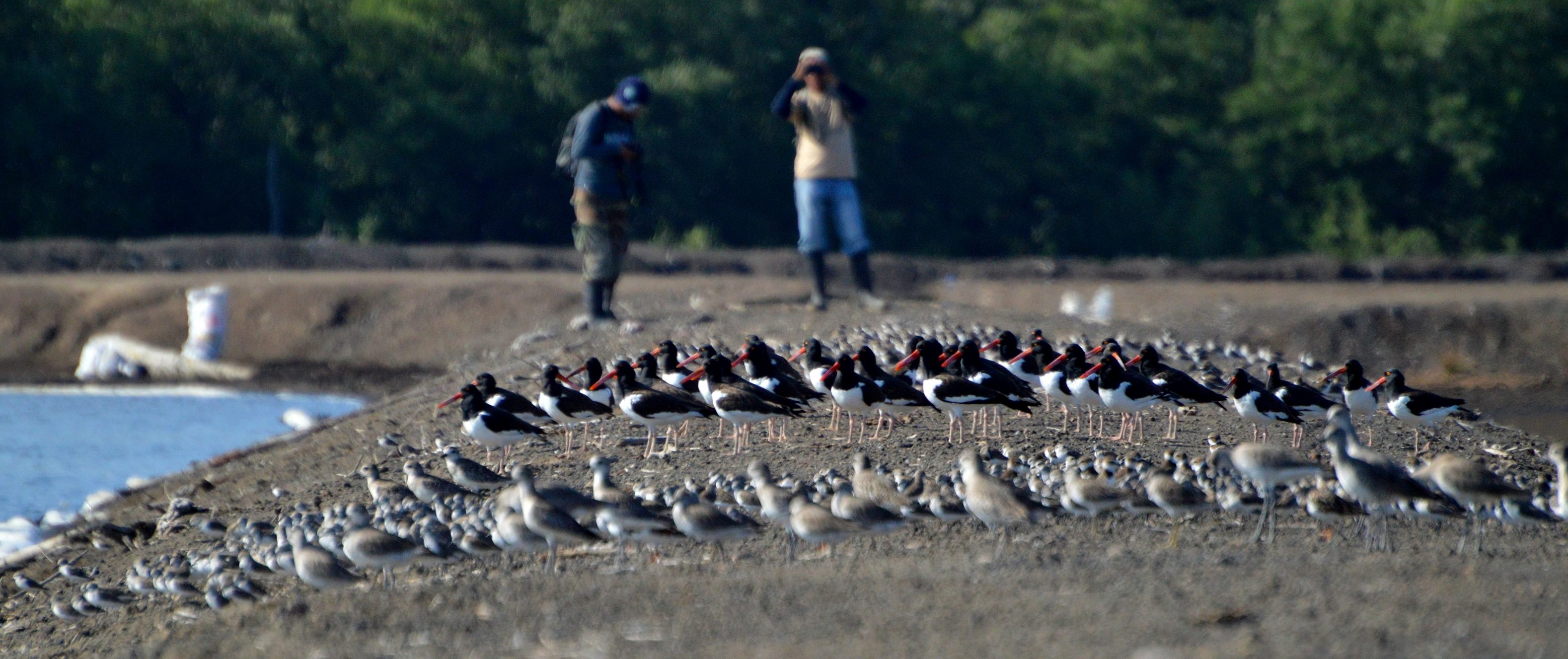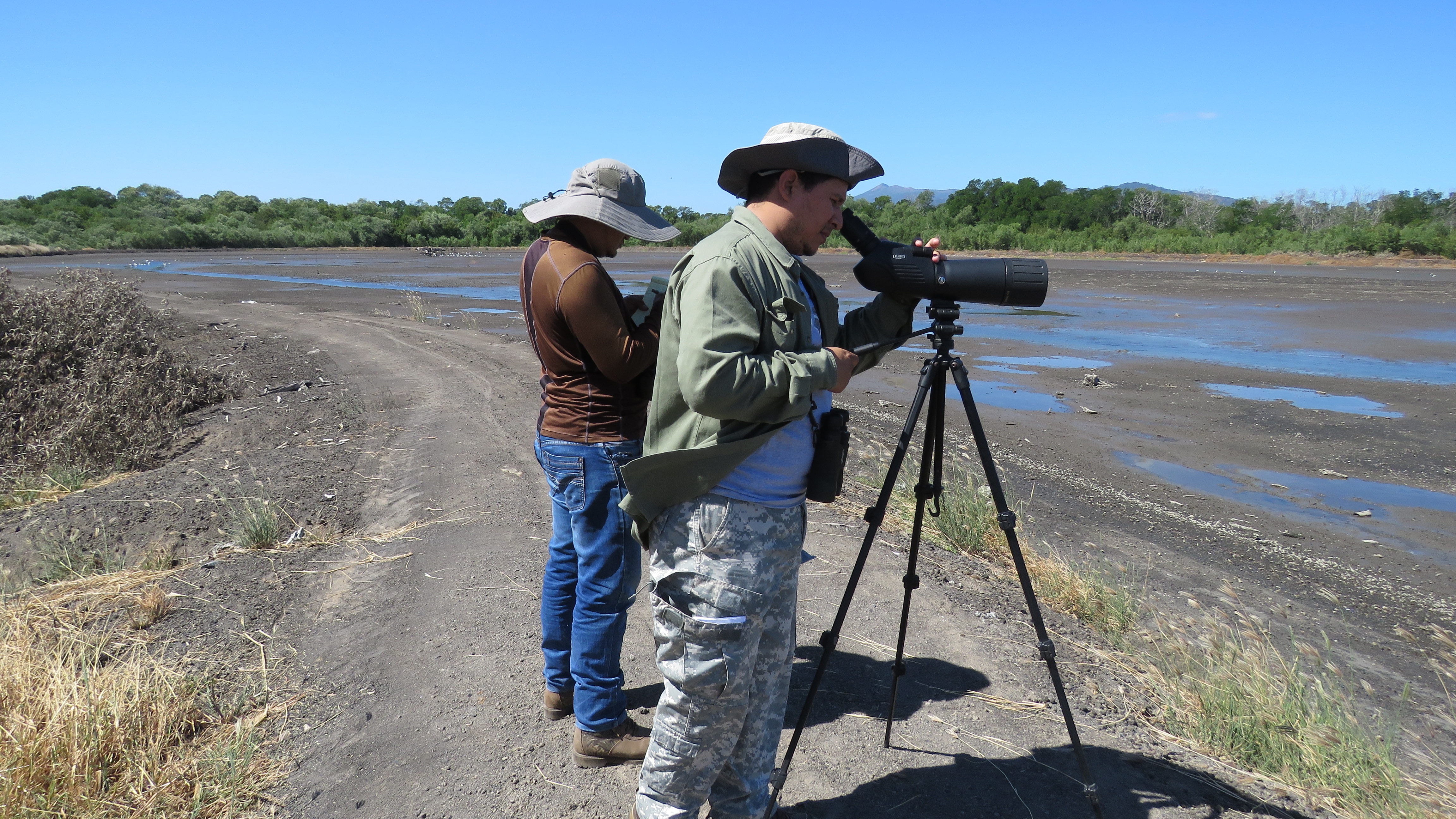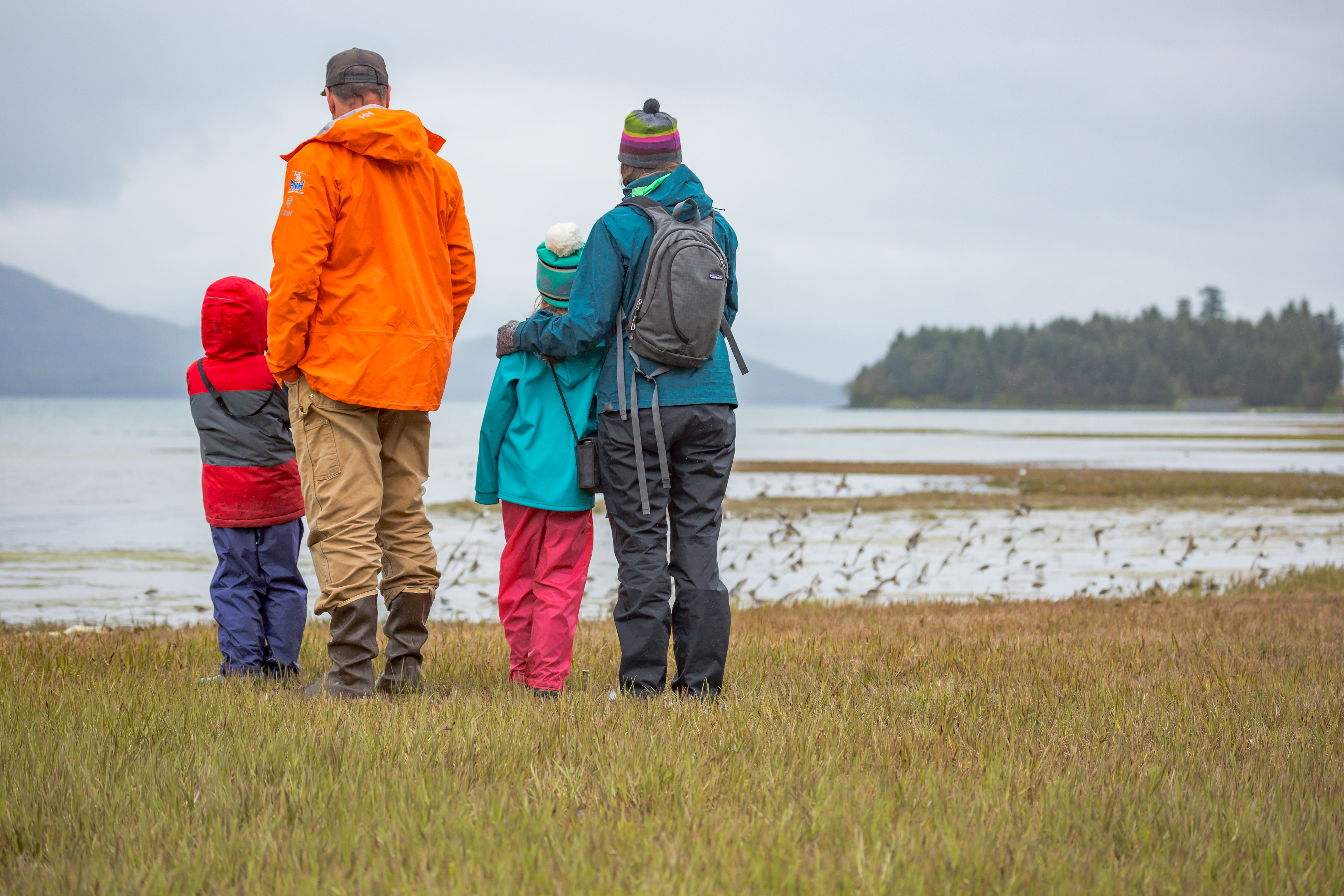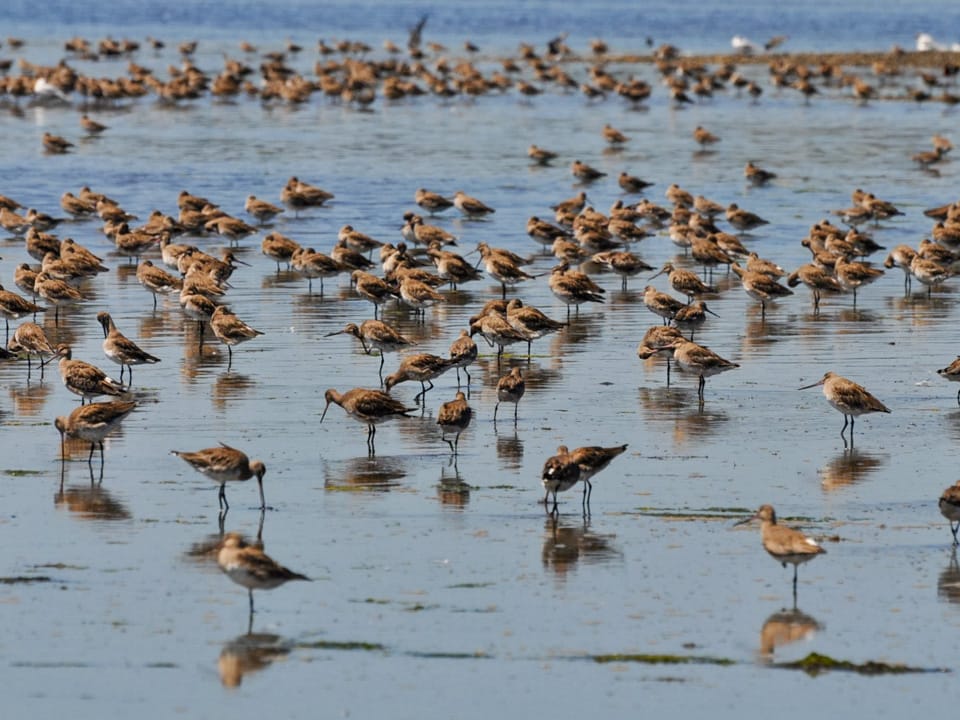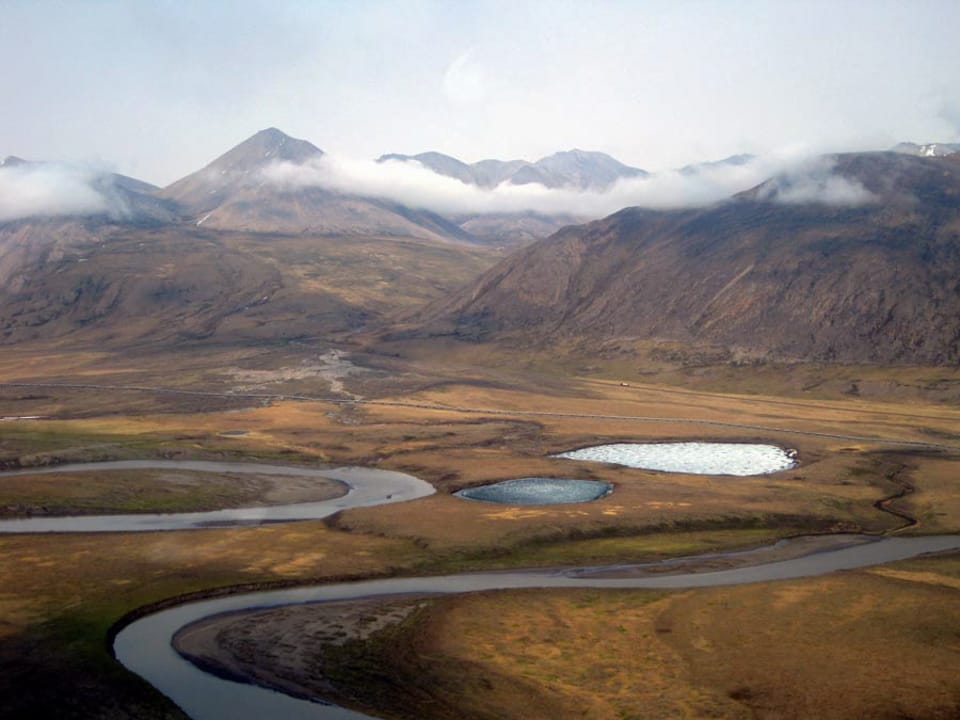Marismas Nacionales, or “National Saltmarshes,” is a complex of saltwater coastal lagoons, mangroves, swamps, and ravines located near the small city of San Blas on the Pacific coast of Mexico. San Blas’s economy relies heavily on tourism, serving as a popular destination for vacationers. It is also a premiere spot for migrating and wintering shorebirds: over 200,000 individuals of 38 species use the area each year.
In 1992, Marismas Nacionales was named a Western Hemisphere Shorebird Reserve Network (WHSRN) site, the first such designation in Mexico. A few years later, WHSRN site partners at Great Salt Lake, Utah, and Chaplin Lakes, Canada, created the Linking Communities initiative with partners at Marismas Nacionales to collaborate on shorebird research, education, and ecotourism. This allowed business owners in San Blas to capitalize on their new internationally-recognized hotspot. In 2005, San Blas hosted its first-ever birding festival, welcoming birders from all over the world to witness the amazing migration along the Mexican coast.
In 2012 and 2013, birding represented 10% of the 8,307,000 pesos ($415,350) of tourism revenues for this small community. “For partners in San Blas, ecotourism was a necessary component of our conservation efforts,” said Doris Vasquez, a local hotel owner and supporter of the ecotourism initiative. “It has diversified our income opportunities, but just as importantly, it has increased community support and protection of our cultural heritage and quality of life.”
We live in a human-modified world. The ultimate challenge is to be smarter about how we integrate our many different values—economic, social, and environmental—in order to support all 7.7 billion of us (and growing). Business owners, rice farmers, cattle ranchers—these are only a few of the stakeholders who are playing a key role in making these integrations today. In fact, Marismas Nacionales is just one of 106 WHSRN sites where local communities rely on the natural resources of the site; a recent survey of more than half of all WHSRN sites found that each had at least one natural resource use.
In order to protect shorebirds, we need to work beyond just the conservation
community and fold in all stakeholders of working landscapes to support business and provide habitat values for shorebirds and other wildlife.
Instead of fighting against each other, there are ways that business interests and conservationists can work side by side to solve problems and create
opportunity. We need a new paradigm for the 21st century, working with the business sector to create the world we all want. This article introduces some examples of this approach.





 Back to all
Back to all

